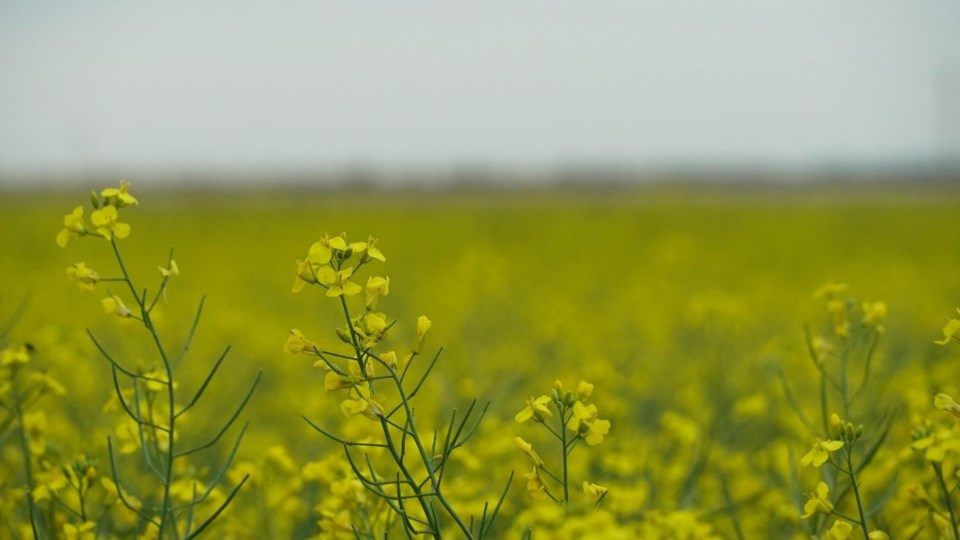REGINA — Another hot, dry week has many producers concerned about their crops, especially in the southern and western portions of the province.
Multiple hot days during the critical flowering stage of many crops has likely lowered yield potential in some areas. Producers are hopeful they will receive rain soon to aid with seed filling as harvest is fast approaching. There are a few reports that crops in the driest areas of the province, mostly early seeded pulses and cereals, are close to 小蓝视频 ready for harvest.
The persistent high temperatures and low amounts of rainfall continue to push topsoil moisture backwards in the province. Cropland topsoil moisture is rated as 50 per cent adequate, 40 per cent short and 10 per cent very short. Hayland topsoil moisture is rated as 45 per cent adequate, 42 per cent short and 13 per cent very short. Lastly, pasture topsoil moisture is rated as 36 per cent adequate, 45 per cent short and 19 per cent very short. Livestock producers would like to see rain soon to ensure their pastures can support their animals through the end of the growing season.
Minor rainfall was received throughout the province this past week. These rains were too small to give crops a large break from the heat stress. The Macklin area reported the most rain this week with 20 mm, followed by the Shaunavon area with 17 mm. There were a handful of areas that received less than 10 mm of rain over the past week.
The continued heat wave has pushed crop conditions to decline, but thankfully, producers are reporting conditions are better than this time compared to recent growing seasons. However, if the heat persists crops will continue to decline and yield potential will fall. Most crops are rated fair to good with the lowest rated crops coming from the southwest, west central and parts of the southeast where conditions are driest.
Haying operations are almost complete with 18 per cent standing, 27 per cent cut and 55 per cent baled or put up as silage. Hay quality is rated as 25 per cent excellent, 65 per cent good, nine per cent fair and one per cent poor. A second cut of hay is not likely unless a substantial amount of rain is received soon to allow for adequate regrowth. In many areas haying has been slowed due to the extreme heat and the concern over baler fires.
The heat, dry conditions, gophers, grasshoppers and aphids were the most reported sources of crop damage this week. Canola is especially sensitive to heat while flowering and producers are concerned about how their crops will fair during this period. Cereals also appear to have been affected by the extreme heat. Fungicide applications are wrapping up as crops grow past the optimum application timing, though producers will still be trying to control pests such as grasshoppers and aphids up until harvest. Producers whose crops are furthest along are beginning to get their equipment ready and they are reminded to be safe during their harvest operations. Please remember to use every precaution available for fire prevention as the extremely dry conditions increase the risk of combine and grass fires.
A complete, printable version of the Crop Report is available online - Download
Follow the 2024 Crop Report on Twitter at @SKAgriculture.


